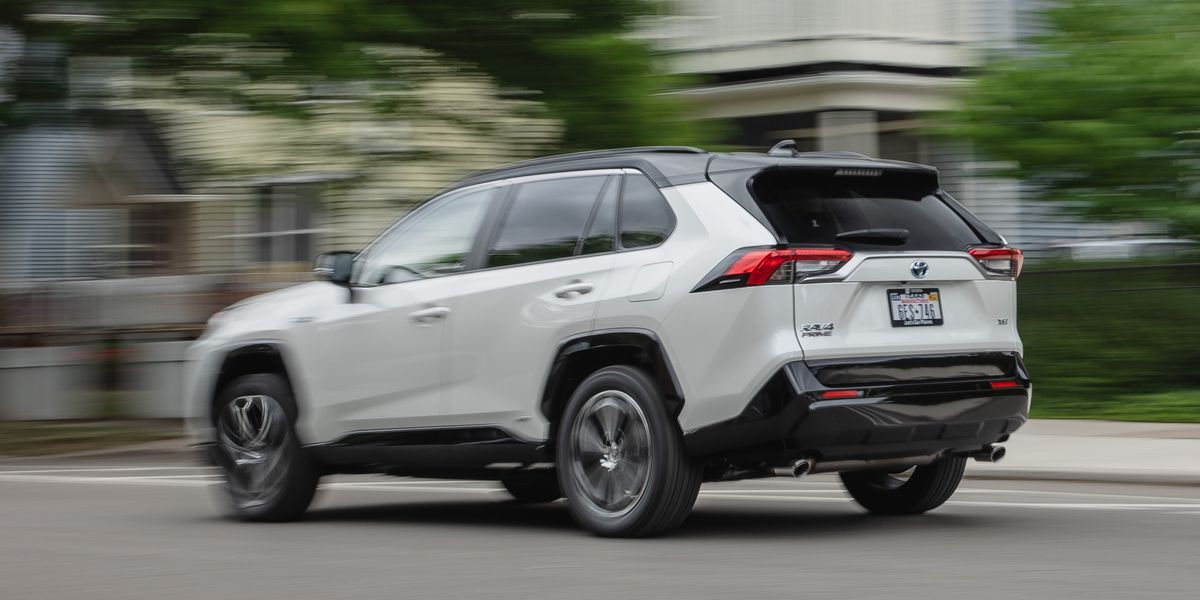Snow Drift
[Off-Road Assist] Activated
That is really interesting and a great article. I hope they follow up in relation to the EV credit topic.Oddly enough it appears Jalopnik of all places provides the explanation for whats considered an SUV (although it seems some of you already figured it out): Every Car Looks Like This Thanks to a Gigantic Regulatory Loophole
View attachment 891056
I am clearly wrong about my interpretation, but it seems like I am right about the original intent. Just not the current use:
“But the reason why every automaker is obsessed with creating SUVs and crossovers, and why all those vehicles end up looking largely similar, is down to a vehicular distinction written nearly 60 years ago to separate farm trucks and buses from family sedans.”
So at one point, NPV was for big old vehicles that aren’t meant for driving to grandma’s house.



